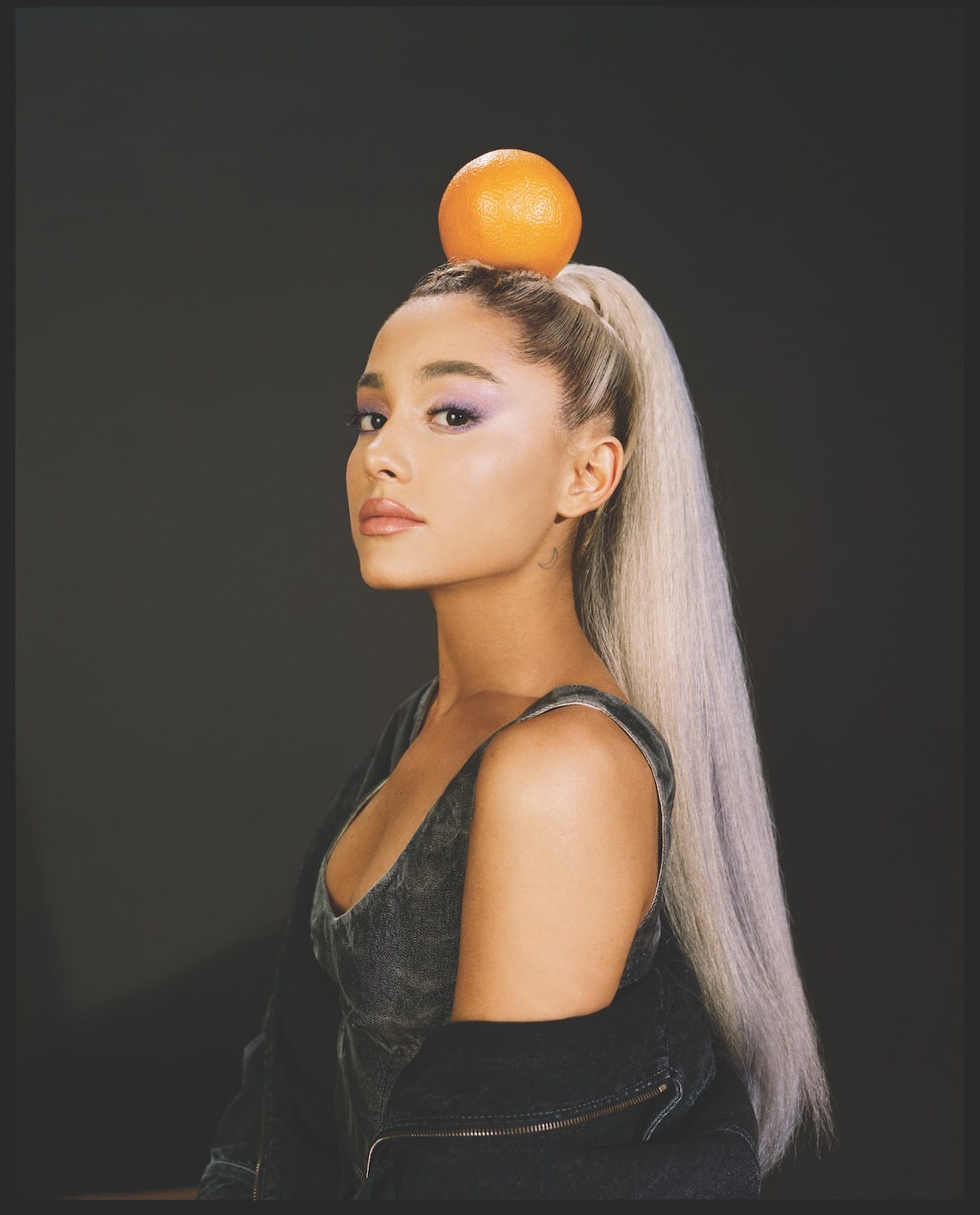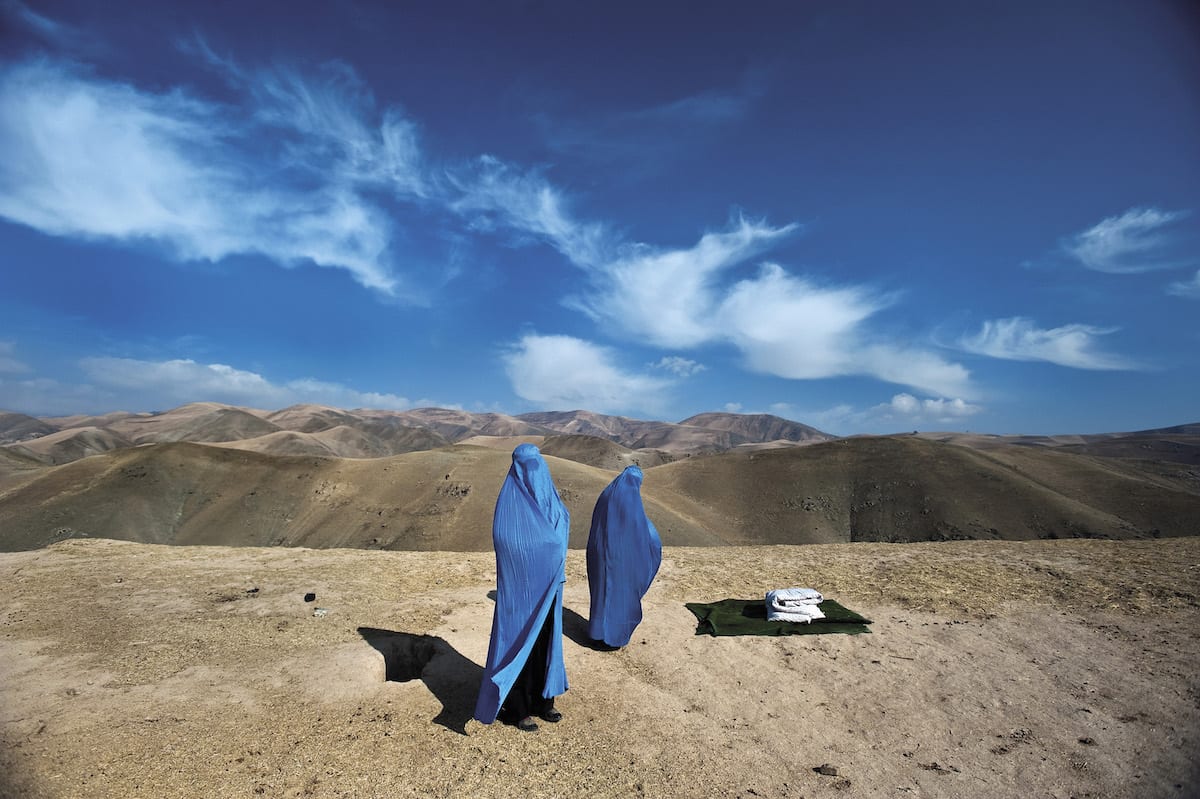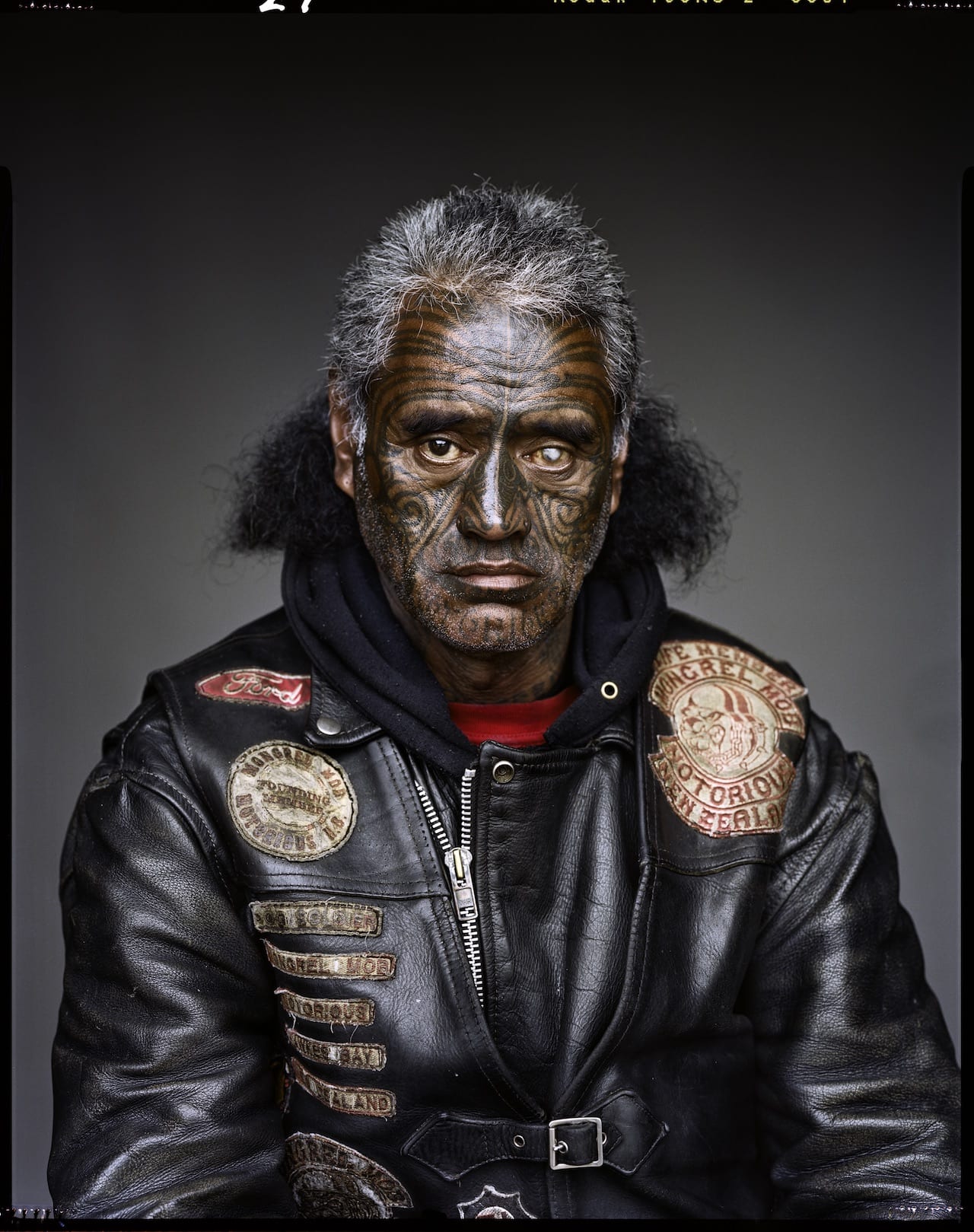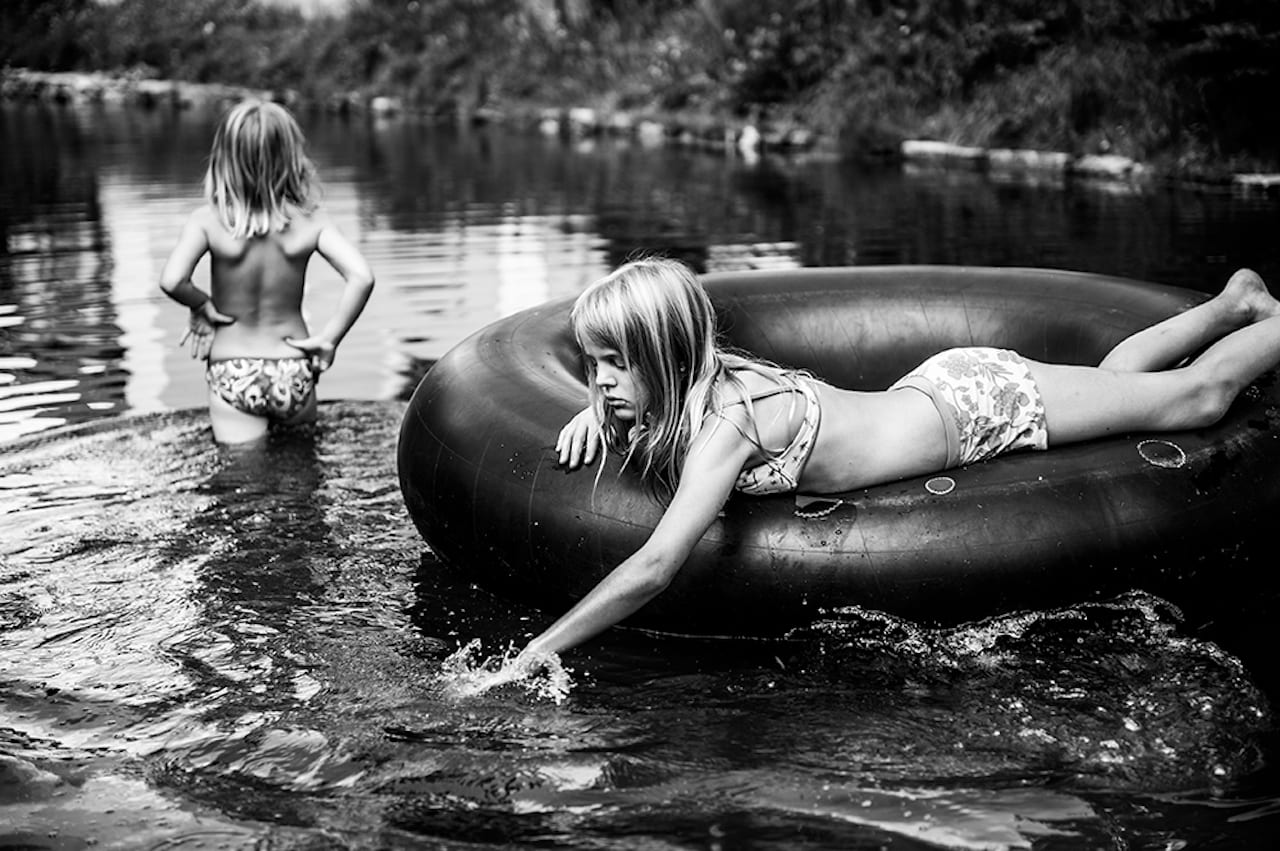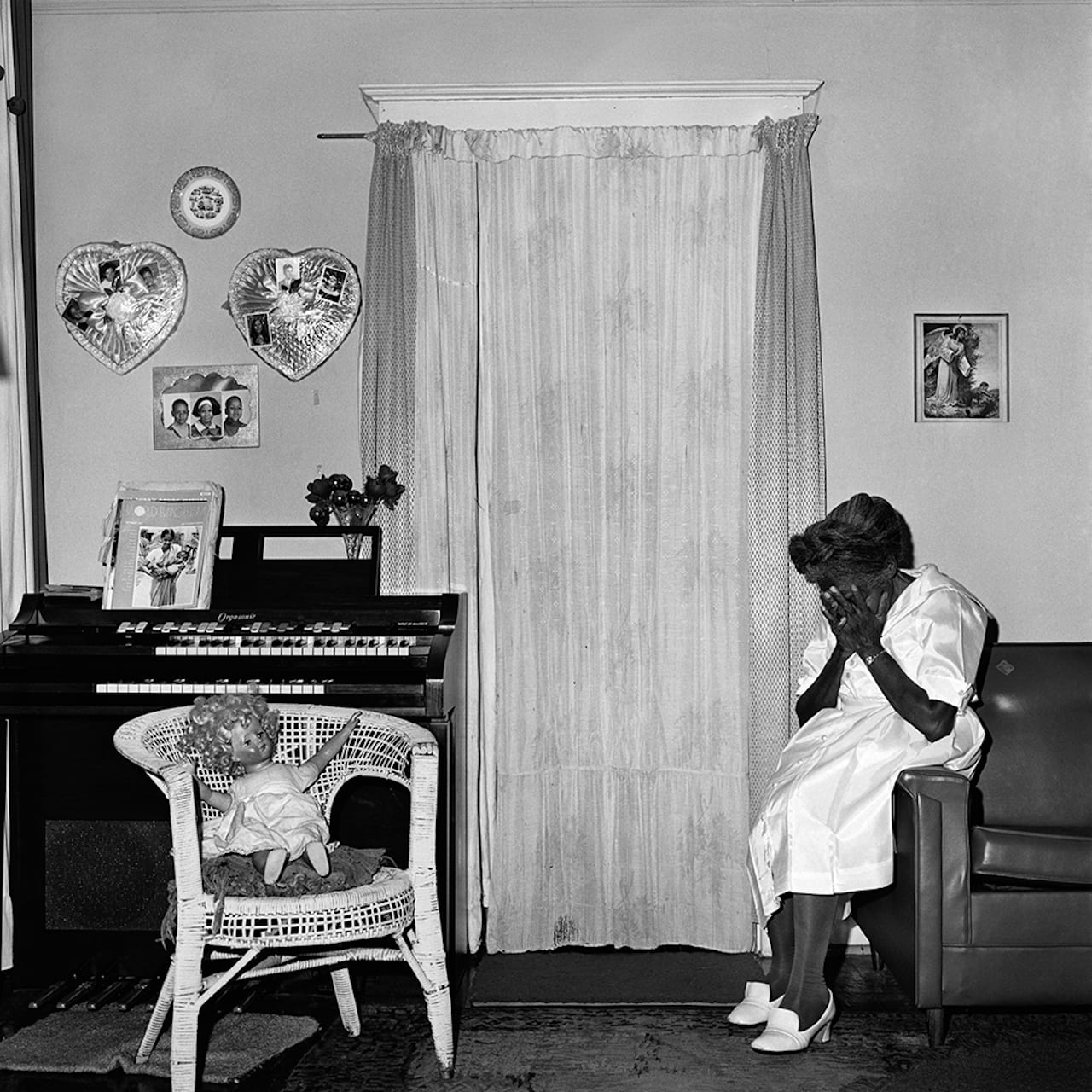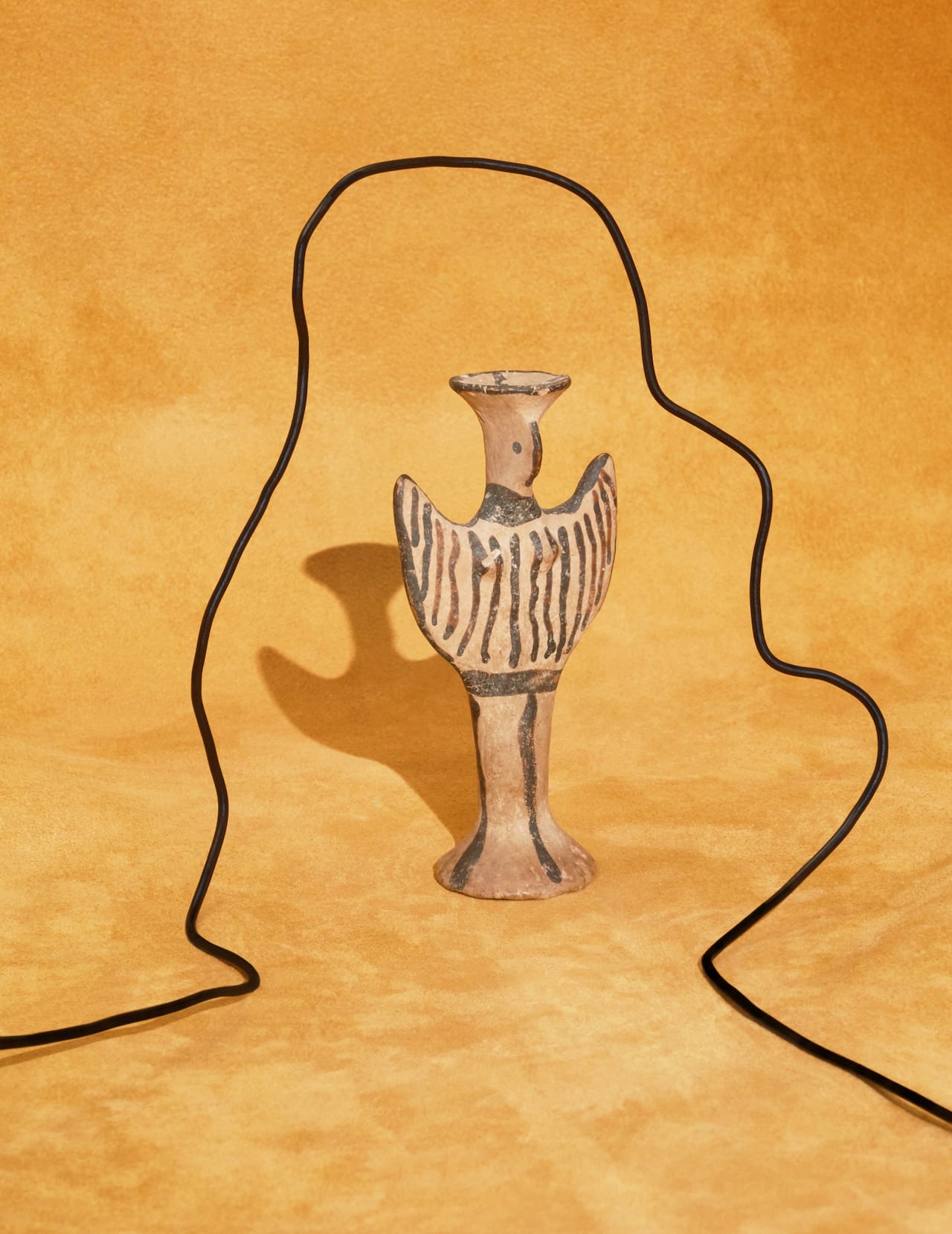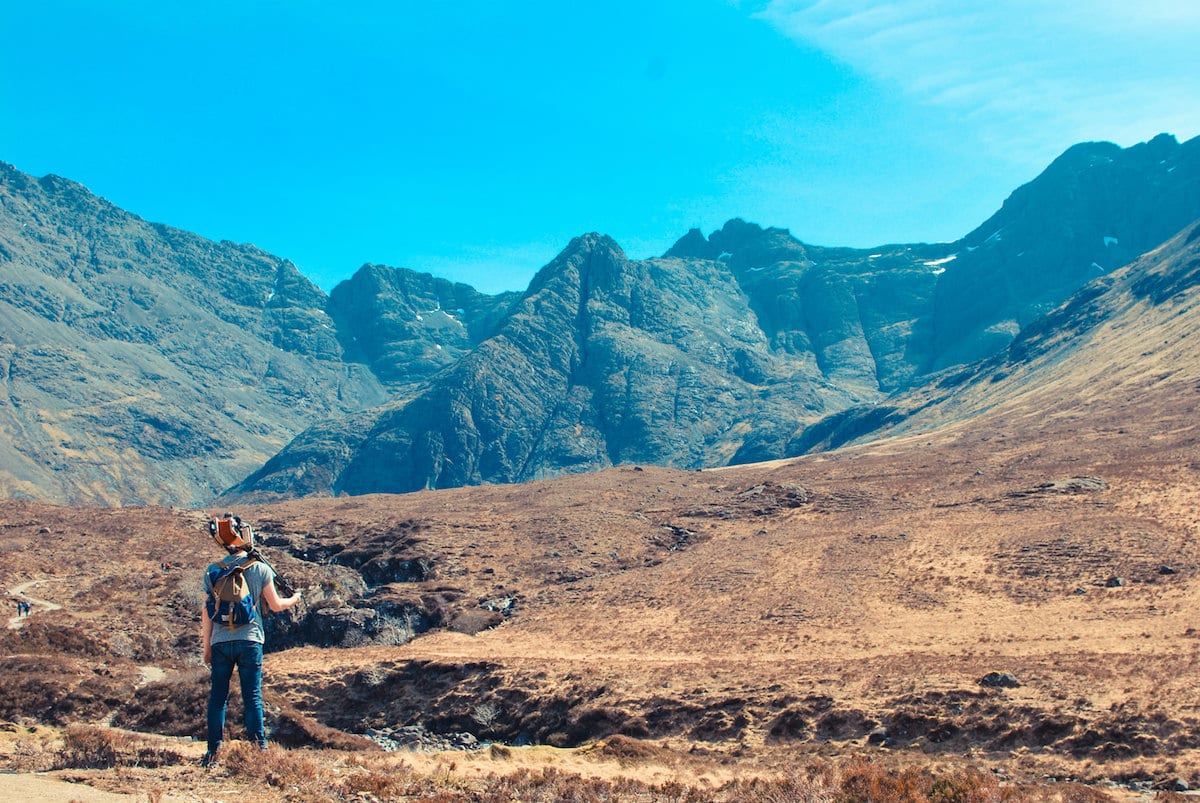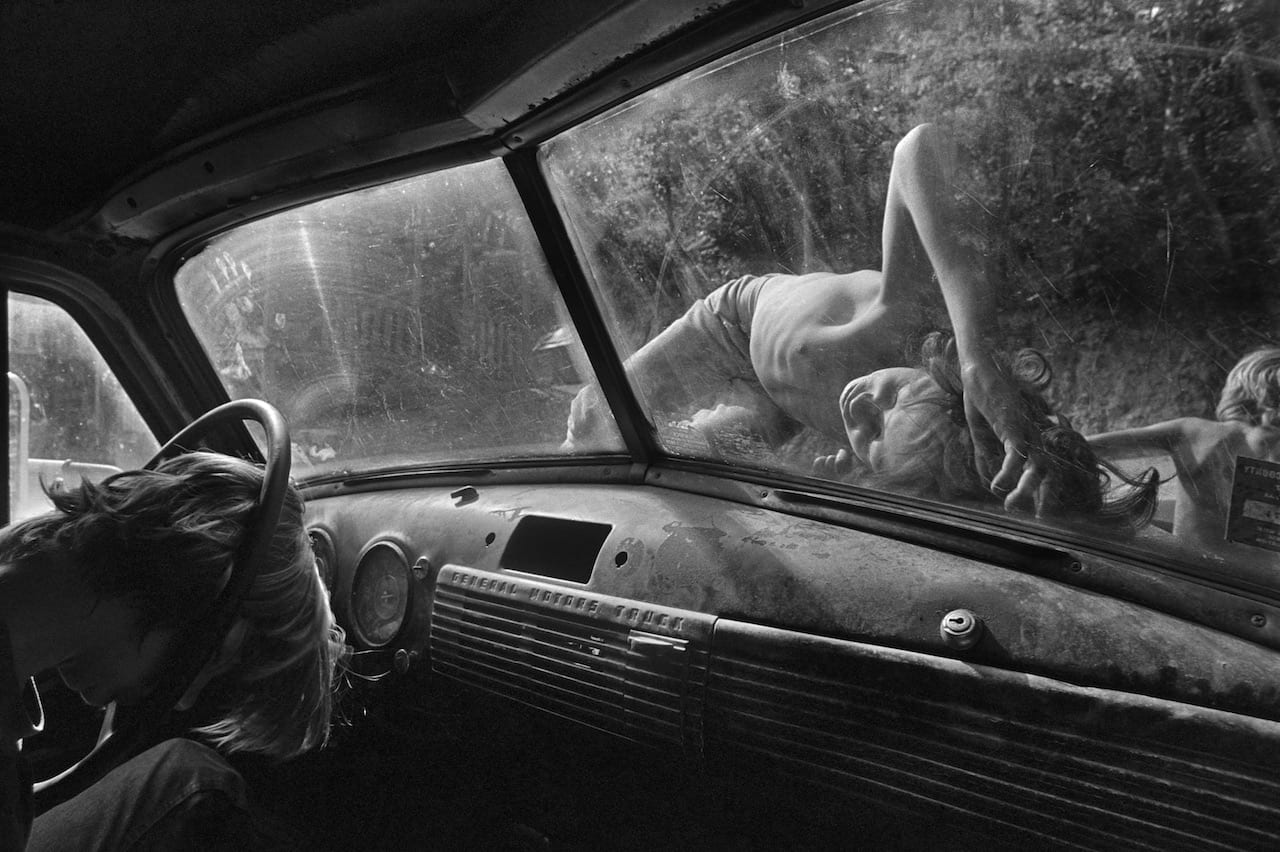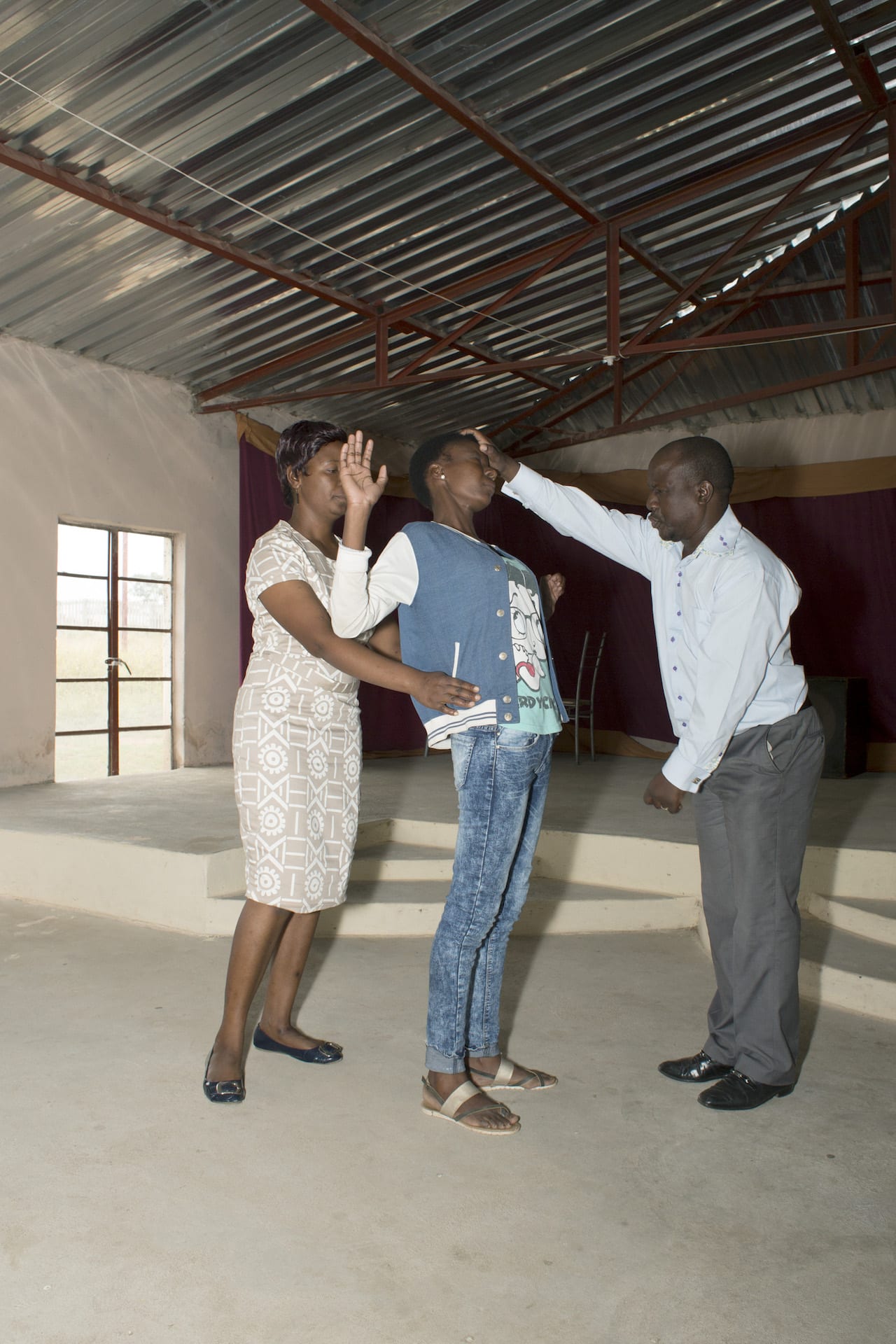Asked to describe the style of photography featured in The Fader, the celebrated music journal launched in New York in 1999 championing contemporary style and emerging artists, Keegin shoots back with, “All-you can-eat buffet”. The magazine’s photo director since 2015, having previously worked for Time and Bloomberg Businessweek, she describes her preferred aesthetic as “manic”, explaining, “I like all kinds of photography and am happiest when genre, style and hue smash into each other on the same page”.
While her predecessors championed intimacy and authenticity, gaining unusual access to musicians and shooting them in relaxed pose in natural light, Keegin’s approach injects flash, colour and surrealism. “To me, great photography is the result of an emotional connection between a photographer and her subject,” she says. “This form of interpersonal magic is not genre specific or the result of a certain set of aesthetic constraints.”

